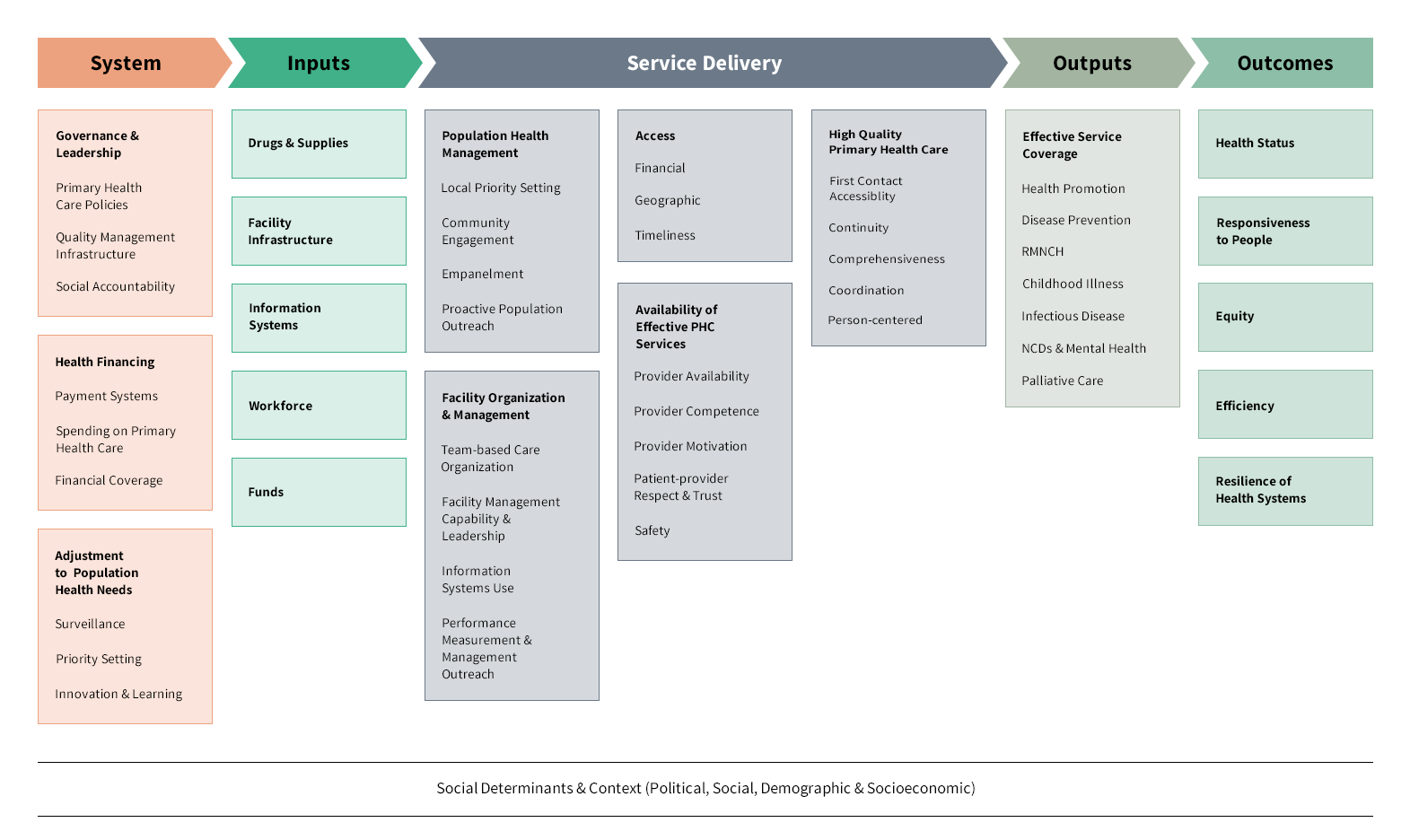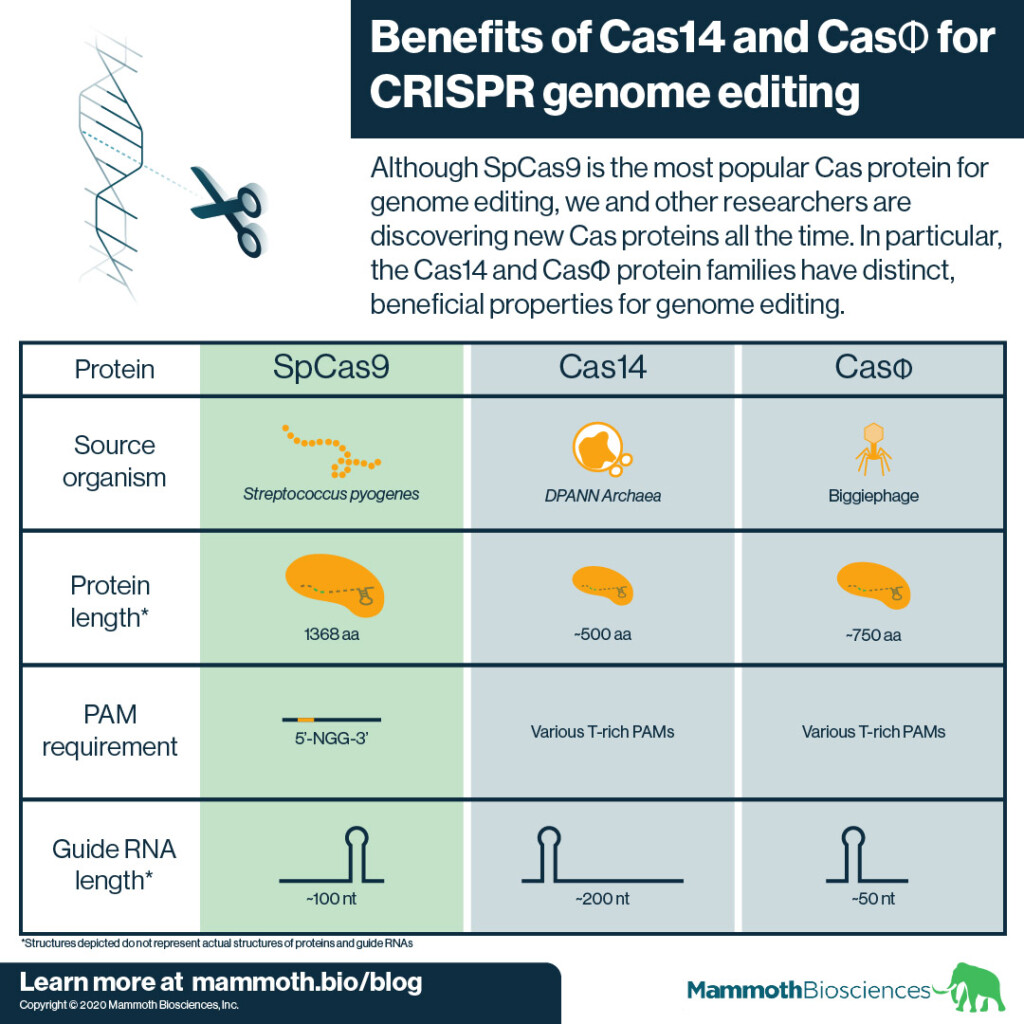Norbert Goldfield et al provides a useful reflection on the current moment in US. And says:
The virus has exposed glaring weaknesses that cannot be unseen. The US health care system’s embrace of patient-centered care is being tested.
We need a new paradigm, one that moves from a patient-centered care system to a community-centered health and social care ecosystem. Unlike much of the current US medical care system, the community sector has lacked funding and development. Strong and consistent sources of support are needed to make this sector viable and keep it flourishing.
Politics will ultimately determine how our current patient-centered acute care–focused health care system will change. The wealthy undoubtedly will continue to have an outsize influence on any legislation promoting CCPH. Despite this fact, we will at least think about becoming better in improving our response before the next pandemic hits.
Both articles deserve being read.






